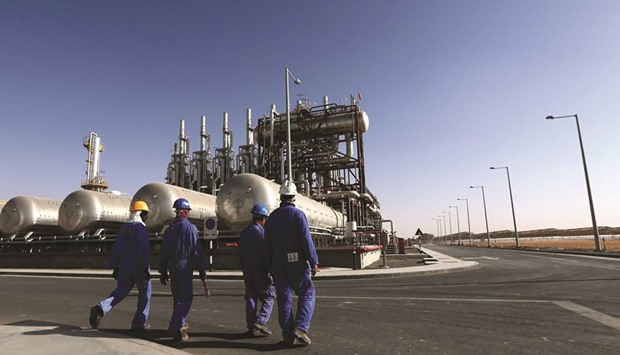Renewable energy has proven popular in the Middle East that currently sees rapid investments in renewable energy, in particular solar and wind power, a new report has shown.
In the context of energy and the environment, the Middle East and North Africa (Mena) region is best known for the role it plays in supplying oil and gas to world markets, thereby contributing heavily to global CO2 emissions, points out The Economist Intelligence Unit (EIU).
However, the region has recently become associated with more climate-friendly activities, with the rapid expansion of investment in renewable energy, in particular solar and wind power.
At present the Mena region accounts for less than 1% of the word’s consumption of solar and wind power, according to the BP Statistical Review of World Energy.
But its contribution to clean energy production and its consumption of energy from these sources is set to increase rapidly in the next few years with the completion of a string of new projects in Morocco, Egypt, Jordan and the UAE. Saudi Arabia has also set out ambitious plans for solar energy, but is lagging behind its regional peers in terms of implementation, the EIU said.
The UN’s COP21 Paris climate change conference in December last year provided an opportunity for policymakers to showcase clean energy programmes, which was embraced by both Morocco and the government of Dubai.
Morocco claimed its Noor complex in Ourzazate, 200 km south of Marrakesh, is the largest solar park in the world. Dubai too rolled out the superlatives in claiming that the 800MW third phase of its Sheikh Mohammed bin Rashid al?Maktoum solar park will be the largest single-phase solar scheme in the world.
These claims are debatable, but there is little question of the intent of these governments to increase the role of renewables in their energy mix, the EIU said.
A similar determination is evident in Egypt, where several private ventures are working on 3950MW solar schemes in the Benban area to the north of Aswan.
“Abundant sunshine is one of the critical advantages that the Mena region has in its bid to develop solar power. It now appears that several countries in the region are taking serious steps to exploit this advantage,” the EIU said.
Egypt also has the prospect of making use of its large reserves of white sand, which is rich with silica, one of the principal materials used for the manufacture of PV solar panels and so could benefit both as a key player in the manufacture of the capital inputs for solar energy and as a producer of solar power. When these projects are realised, these pioneers will not only be able to rely on solar power to meet an increased share of their energy needs, but particularly in the case of the North African countries, also potentially to develop significant export markets to Europe.
Meanwhile, Qatar Petroleum (QP) and Qatar Electricity and Water Company (QEWC) are establishing a joint venture for the generation of electricity from solar power.
The joint venture, which will have 40% stake by QP and the remaining 60% by QEWC, is aimed at diversifying the sources of energy production and increasing reliance on renewable sources.
“Qatar is continuing in its efforts to provide sustainable sources of energy and to help conserve the environment as well as our natural resources, as we implement the environmental pillars of Qatar National Vision 2030, and protect the rights of future generations,” HE the Prime Minister Sheikh Abdullah bin Nasser bin Khalifa al-Thani had said at the agreement signing .

Workers walk inside the Shams 1, Concentrated Solar Power (CSP) plant, in Al-Gharibiyah district on the outskirts of Abu Dhabi (file). At present the Mena region accounts for less than 1% of the word’s consumption of solar and wind power, according to the BP Statistical Review of World Energy. But its contribution to clean energy production and its consumption of energy from these sources is set to increase rapidly in the next few years with the completion of a string of new projects in Morocco, Egypt, Jordan and the UAE.
